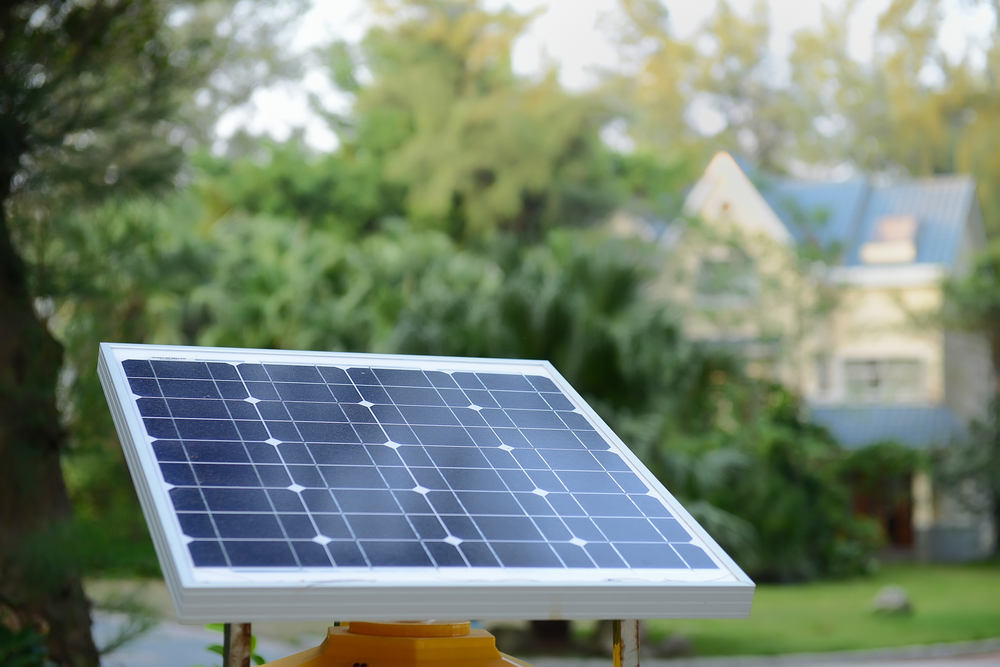

NEW PRODUCTION BASESĬhina's modern economy was built on the strength of a solid and often low-tech manufacturing sector, making it the world's single largest manufacturer. The region's growing trade and capital flows, continuing digital transformation and greater focus on sustainability are creating tremendous opportunities. Southeast Asia enjoys strong manufacturing and production capacity, a rising and young domestic consumer population, as well as increasing urbanisation. In 2022, the Regional Comprehensive Economic Partnership (RCEP) came into effect, which led to a year-on-year increase of 15% in China-Asean trade.Īs the partnership continues to deepen beyond trade, we expect to see China's growing footprint in Asean through foreign direct investment (FDI), planting seeds for growth in a shared future.Ĭhina and Asean, as two of the world's fastest growing regions, have highly complementary industrial structures.

Since 2020, Asean has surpassed the European Union to become China's largest trading partner, marking the official formation of a new regional economic and trade cooperation pattern. In 2013, President Xi Jinping announced an initiative for China to work with Asean countries for a 21st century Maritime Silk Road to build a closer China-Asean community with a shared future.įor a decade, China and Southeast Asia have enjoyed growing connectivity, deepening economic integration and robust business ties. The Chinese EV producer has started building a production centre in Thailand with a production capacity of 150,000 EVs per year. A BYD electric vehicle (EV) is displayed at a Motor Expo.


 0 kommentar(er)
0 kommentar(er)
